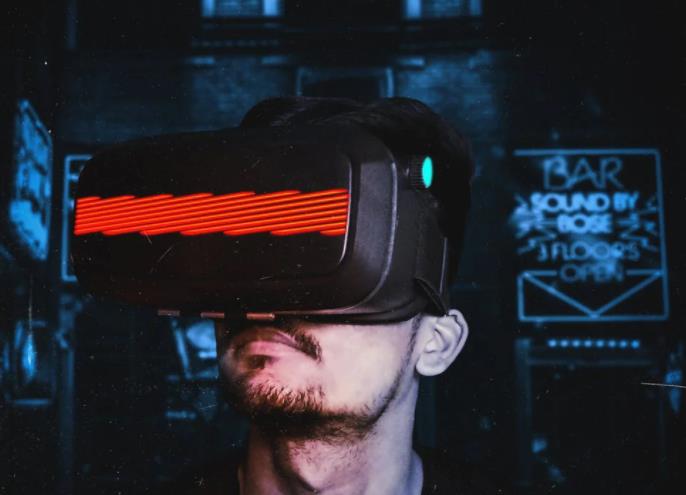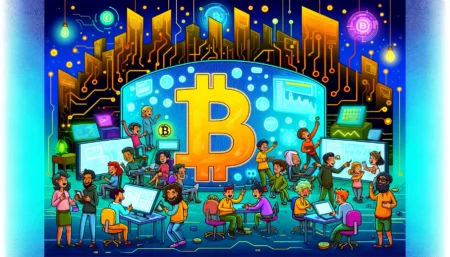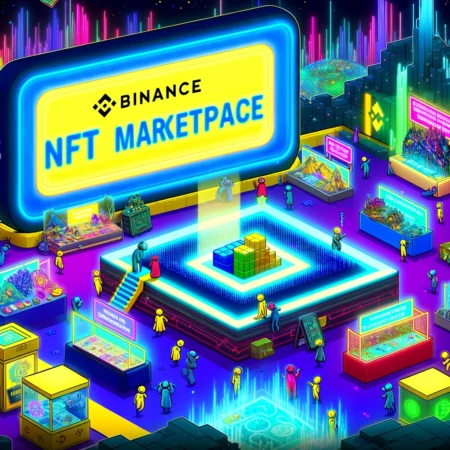Recently, Cryptovo hosted a star-studded roundtable. Attendees included Hans Koning, co-founder of DigiByte, OJ Jordan, host of Crypto Corner, Sergei Simanovskiy of Citizen Cosmos ATOM -16.79%, Alexandra Demidova, Media Creative Director of Bit, Nikolai Shkilev, CEO of Zelwyn Ecosystem, Mary Camacho, Executive Director of Holochain, and CBDO Paul Moukhine of BDC Consulting. The roundtable discussed various blockchain-related technologies, including GameFi, the Metaverse, and Web 3.0. The conversation revolved around predictions, and while the experts didn’t always share the same views, there were several insightful consensuses in their conversations.
Metaverse: Is 2022 just the beginning?
The metaverse is in vogue right now, but it’s still in its “baby stage,” and opinions from experts vary widely. Jordan noted that given the interactivity of the metaverse combined with blockchain technology, virtual reality will finally get the much-needed boost to thrive. With this in mind, the market value of the Metaverse could rise tenfold from the current $70 billion and reach $800 billion within two years.
Mary Camacho disagrees, noting that the metaverse still needs time. The Metaverse has many other technologies besides blockchain. Given these complexities, it would be unwise to assume that the industry will experience rapid growth. In 2022, new individuals, institutions and brands will continue to capture the value of the industry, but only in progressive directions.
Hans Koning concluded the metaverse by saying that most people would rather own virtual assets than participate in an active metaverse. For him, aside from Metabrands, projects like OpenSea and Decentry have a lot of potential.
GameFi: Should we expect player decentralization?
The game space is closely connected to the metaverse. According to Alexandra Demidova, while Crypto game projects will increase in 2021, there is no clear distinction between the two. The market already has some well-performing games, and in reality, there’s no indication that we’ll see a new game on the scale of Axie Infinity appear in 2022.
Mary Camacho believes that GameFi players will be divided into two distinct groups in the future. One is gamers, who see their actions as an opportunity to make money. The second is to have an excellent performance in this game, but it is affected by financial-related aspects. The evolution of Web 3.0 from fringe theory to mainstream technology will pave the way for our large-scale decentralized games and provide the stage for the separation of these two groups.
Paul Moukhine weighed in on the topic, arguing that big game development studios failed to see GameFi as a game changer. If you look at the industry in this light, you’re missing out on opportunities, and studios that enter this space will reap huge gains.
Music NFTs: The Next Big Thing?
As the panel continued to express their views on these issues, Sergei Simanovsky pointed to an unexpected boom in the adoption of blocks: NFTs. This is not what experts can predict.
Digital artist Beeple has achieved historic success in his work. Sold his work as an NFT for $69 million. Jordan predicts that the next NFT frontier will be music. The allure of direct ownership and royalties solves the revenue control problem that artists have grappled with for decades.
While NFTs have had a transformative impact on the adoption of blockchain technology, the consensus of most experts is that, based on the historical experience of ICOs in 2017-2018, when the speculative bubble burst, the hype disappeared and many people would suffered losses.
Web 3.0 and the Revolution
It is widely believed that we will see the centralized Internet disappear as a new, privacy-based, decentralized web takes root soon enough. Mary Camacho highlighted a key issue: ease of use. Currently, the people interested in the decentralized web known as “Web 3.0” are those who know how to exploit it and profit from it. Its evolution will require the user experience to be as seamless and understandable as the current centralized web.
In 2022, wanting to control your identity online will be a crucial issue. Still, the desire to feel comfortable in the familiar will hinder the transition to Web 3.0.
Experts predict nothing radical in blockchain governance in 2022. Ambiguity on blockchains will continue to exist on issues such as the definition of utility tokens. Hans Kning said the U.S. was doomed to miss out because of the indecision of regulators. Countries that practice secrecy regulation and those that leave the market to regulate themselves will overtake the United States.
The excessive volatility associated with Crypto makes it the enemy of regulators, which could lead to tighter restrictions. More than 80 countries are implementing central bank digital currencies. After the CBDC launches, the next step is a restriction or complete ban on Crypto.
At the end of the roundtable discussion, experts put forward their predictions about 2022BTC. Jordan is expected to peak at $120,000 this year, while Nikolai Shkilev is expected to hit $100,000. Hans Koning pointed out that speculators are present at both ends of the price range between $20,000 and $1 million, but we don’t know where the actual value will be. Ultimately, many interesting trends are evolving as we watch, and they are much more interesting than BTC’s price swings.






